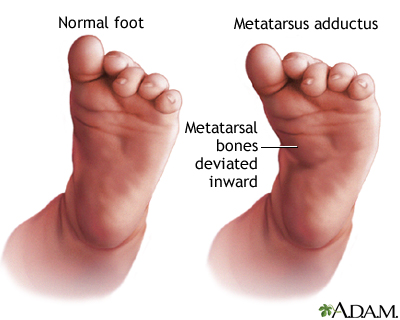 The cold weather is still fighting us hard, but the shoe
stores are ready to bring out those new spring styles. But, before you head out
to the stores, there are some important things that you should know about those
shoes and their safety.
The cold weather is still fighting us hard, but the shoe
stores are ready to bring out those new spring styles. But, before you head out
to the stores, there are some important things that you should know about those
shoes and their safety.
Flip flops are a popular shoe as soon as the weather starts
to get warmer, but as far as a shoe goes, they are really awful for your feet. They
don’t provide any support at all. For people that have flat feet, plantar
fasciitis, and unstable ankles, you could end up causing yourself much more
pain than fashion. There are many alternatives to flip flops that can give you
just as much air to your feet. There are plenty of sneakers that are made out
of mesh and sandals that have an arch in them.
Flip flops are also a hazard because many people have
injuries related to wearing them. People commonly trip, scratch themselves on
something and roll their ankles as a result of a lack of support and not having
their foot covered. In order to better protect yourself against your
environment, you need to be wearing shoes that provide protection against all
of the unpredictable in your day.
If you or someone you know has injured yourself due to your
flip flops , it is important that you see your local podiatrist. If you live in
the Tewksbury or North Reading, Massachusetts area, Dr. Wachtel would be more
than happy to see you and help treat your injury. We are also happy to announce
our Methuen and North Andover offices located at 451 Andover St. Suite 300,
North Andover MA 01845 and 87 Jackson St, Methuen, MA 01835.






